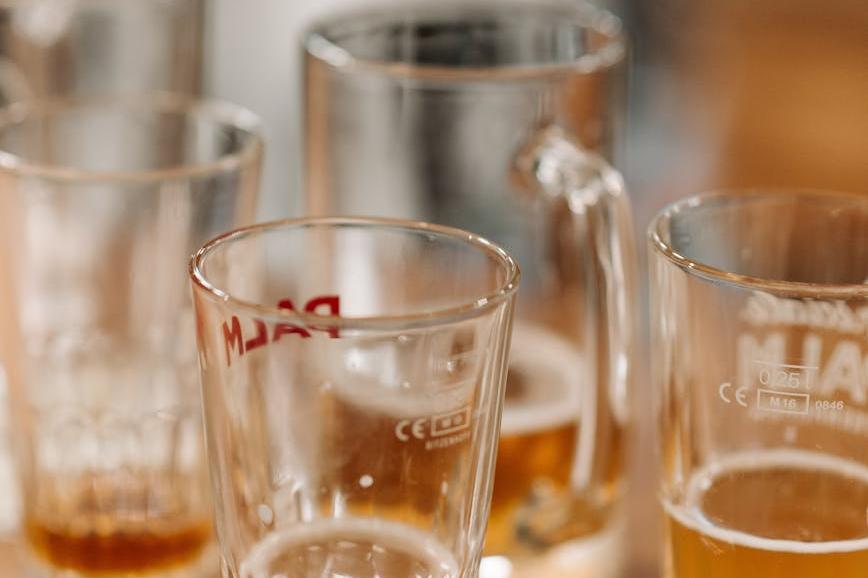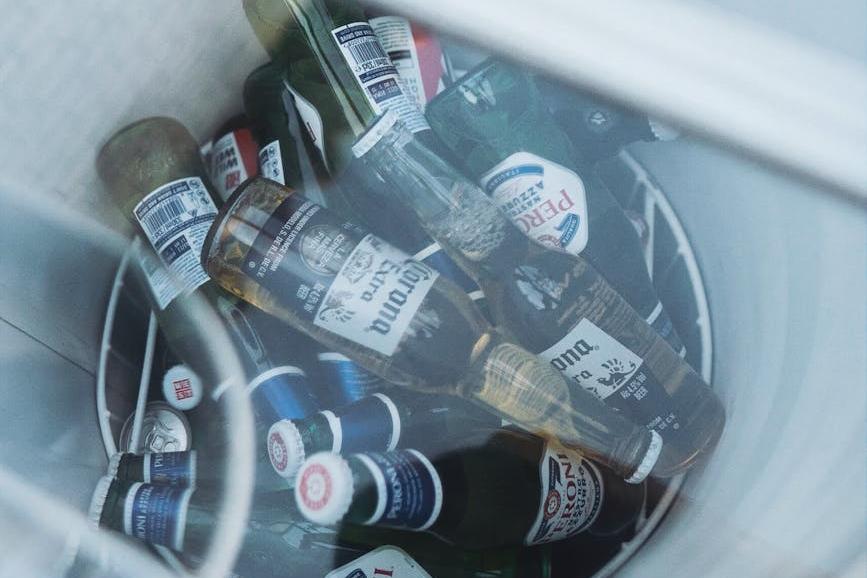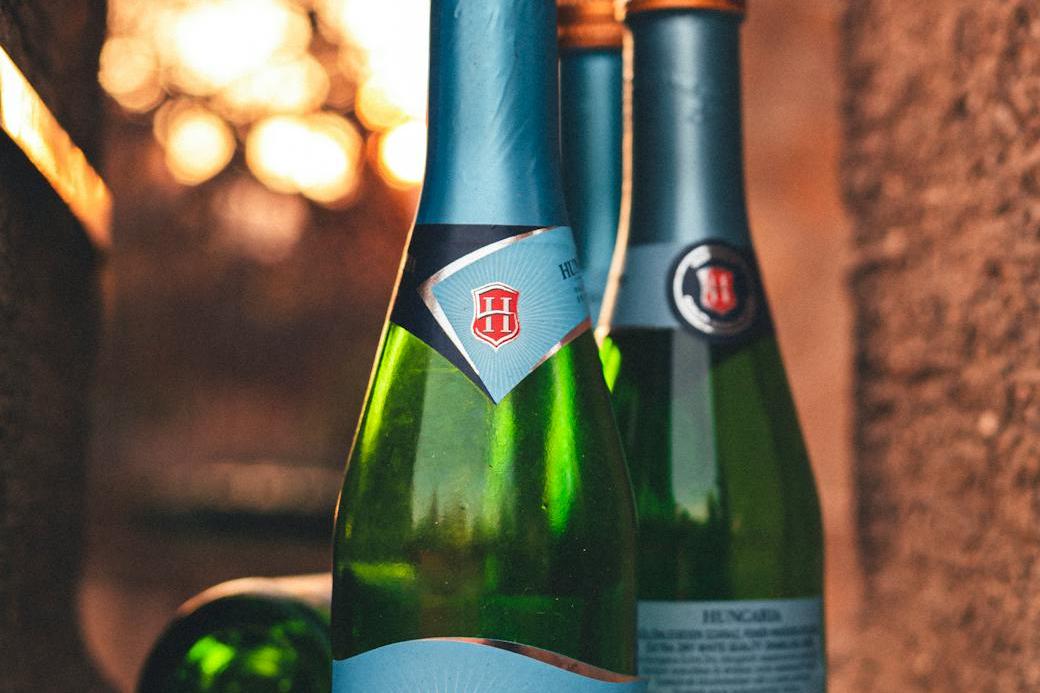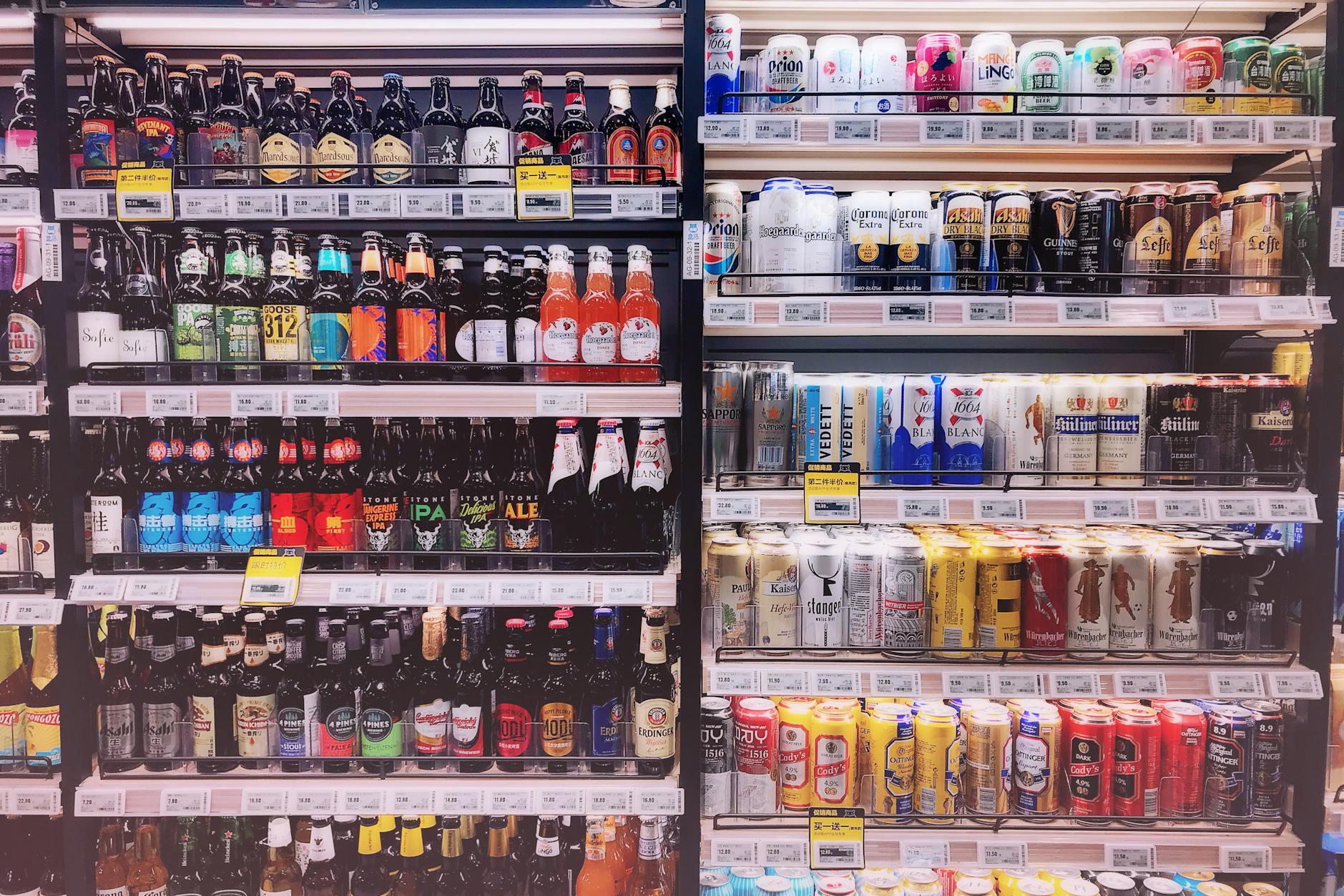- Shanghai Zhongshen International Trade Co., Ltd. - Two decades of trade agency expertise.
- Service Hotline: 139 1787 2118
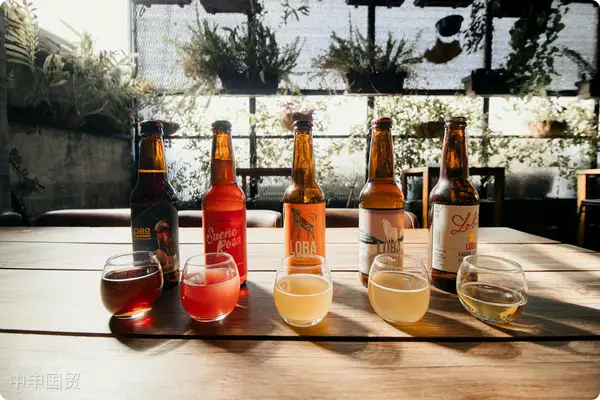
The distance from German Oktoberfest to Chinese shelves
Three years ago I witnessed the most dramatic customs incident: An importer left €200,000 worth of Miller beer stranded at a high-temperature port for 72 hours. When these Premium labeled beers finally reached supermarkets, their taste was no different from regular industrial beer. This million-euro lesson teaches us: Importing beer is never a simple order-transport-sell linear process.
The hidden equation behind tariffs
Many newcomers are easily misled by the 10% benchmark tariff rate. In fact, a complete cost calculation should consider:
- Seasonal fluctuations:Every second quarter, customs inspection rates for alcoholic goods increase by 18%
- Packaging Trap:Classification code differences between glass bottles and aluminum cans may trigger a 5% tariff difference
- Transportation surcharges:Missing hazardous goods documentation can result in a ¥2,000 port demurrage fee per 40-foot container
Three critical moments in the customs clearance process
| Stage | Common mistakes | Professional solutions |
|---|---|---|
| Pre - declaration | Confusing beer type codes (220300 vs 220291) | Require suppliers to provide complete product attribute descriptions |
| On-site inspection | Alcohol content labeling unit discrepancies (vol% vs ABV differences) | Prepare bilingual test reports in advance |
| Label filing/record filing | Nutrition facts table not labeled according to GB 28050 | Commission professional agencies to produce compliant Chinese back labels |
Three hidden indicators for supplier selection
- Production batch management:High-quality factories can trace production records down to the hour
- Cold chain connectivity capability:Transfer time from filling line to refrigerated container controlled within 90 minutes
- Crisis response plan:Contingency logistics plan preparation for unexpected strike situations
The devil in the details of warehousing and transportation
In the transportation solution we designed for an East China agent last year, three key improvements reduced cargo damage rate from 12% to 2.3%:
- Avoiding equatorial routes in shipping company selection, maintaining temperature control at 4±1°C throughout
- Limiting port operations to between 20:00 and 06:00 the next day
- Using food-grade inert gas to fill container voids
Things more important than contracts
Golden rules summarized from eight years of cooperation with German suppliers: Require video confirmation of pallet moisture-proof film sealing quality before each container loading; verify EU food additive regulation updates every third week of the month; conduct two annual on-site inspections of hop production areas. These seemingly tedious details are the key to ensuring consistent and stable supply.
When holding the Miller Beer China agency rights, remember the real competition isnt the sample beers in the showroom, but every professional decision in the complex journey from the original factory to consumers hands. After all, in this industry, what keeps beer at its best flavor isnt just the brewers skill, but the importers precise control over every logistics link.
Related Recommendations
Category case
Get in Touch
Email: service@sh-zhongshen.com
Related Recommendations
Contact via WeChat

? 2025. All Rights Reserved. Shanghai ICP No. 2023007705-2  PSB Record: Shanghai No.31011502009912
PSB Record: Shanghai No.31011502009912
